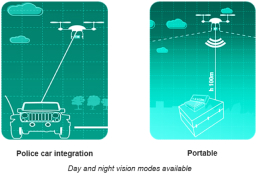Drone Command and Control Center
Centralized drone operations and video streaming solution
“NNTC helped considerably simplify management of our drone fleet, thus enhancing the productivity of crime and emergency monitoring and decreasing our response time”
Using multiple drones, whether for urgent missions, public safety or industrial tasks, demands centralized coordination. NNTC provides Drone Command and Control Center, a centralized drone operations and video streaming solution designed for real-time overviews, situational awareness, and fast decision making in case of emergency.
Drone Command and Control Center informs officers of each drone status and pilot activity, and accumulates video streams, flight logs, 3D maps, geo-reference data, etc. from flying drones in real time.
Drone Command and Control Center has proven its efficiency in multiple use cases as follows:
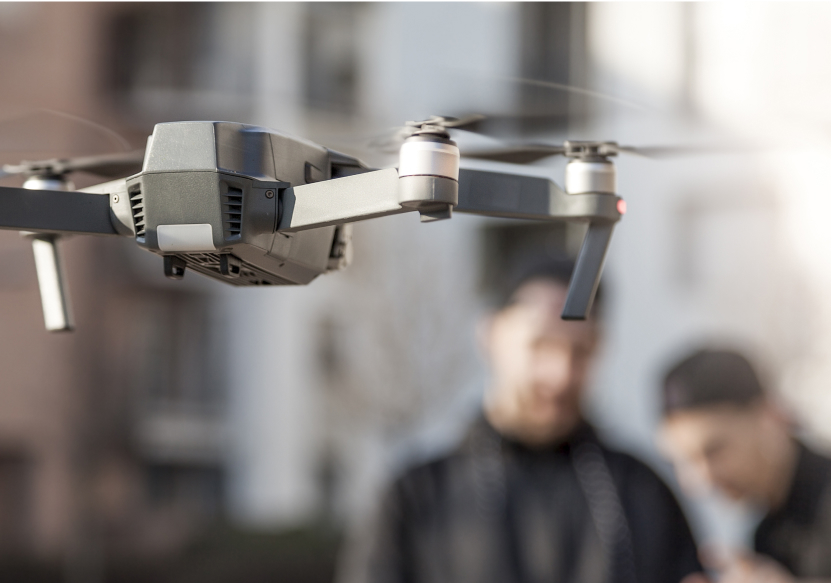


EVENT RESPONSE
Once integrated into a customer’s existing command center, a centralized drone operations management solution helps control and monitor the situation via drone-enabled patrolling. Drones transmit the video stream to the center, where operators receive up-to-date picture from the event scene, can quickly take the necessary measures and effectively manage first responder teams.
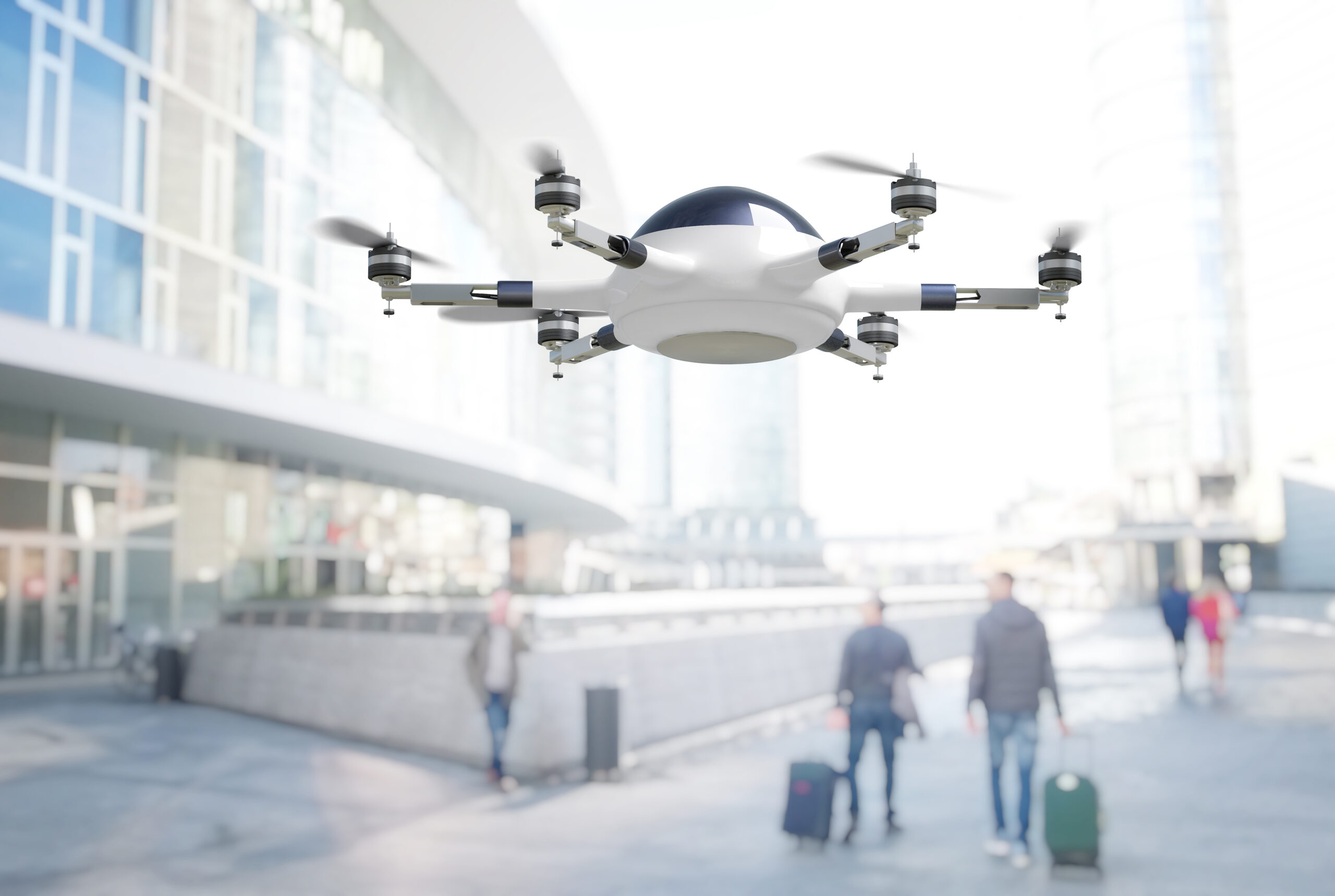


SECURITY AND SURVEILLANCE
Security and military use cases are traditional for drones. Most of security applications are about aerial surveillance of an area or perimeter during day or night, with drones carrying various types of cameras: high resolution color cameras, those with long zoom ranges, or thermal cameras for night vision. Such missions require long flight times and/or drone rotation to sustain continuous surveillance operations. At NNTC, we can provide a full stack of solutions for such applications, including mission planning software, a command center supporting safe and simple integration with existing security systems, and long-endurance drones.
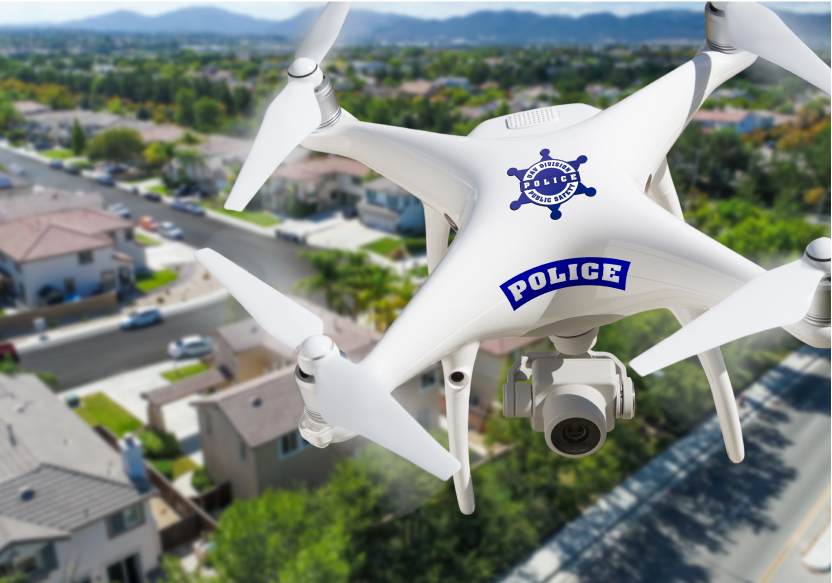


PUBLIC SAFETY AND LAW ENFORCEMENT
In recent years, drones have proven to be an efficient and cost-effective tool to do the job in public safety and law enforcement. Everywhere, from situational awareness during mass events to traffic speed enforcement, drone-enabled solutions boast an extensive track record. NNTC offers turnkey integration for airborne speed radars, plate recognition and situational awareness systems.
Combined with video analytics, the solution will provide:
- High-quality event recognition (traffic jams, car accidents, crowded areas and more)
- Face recognition to identify people from the scene
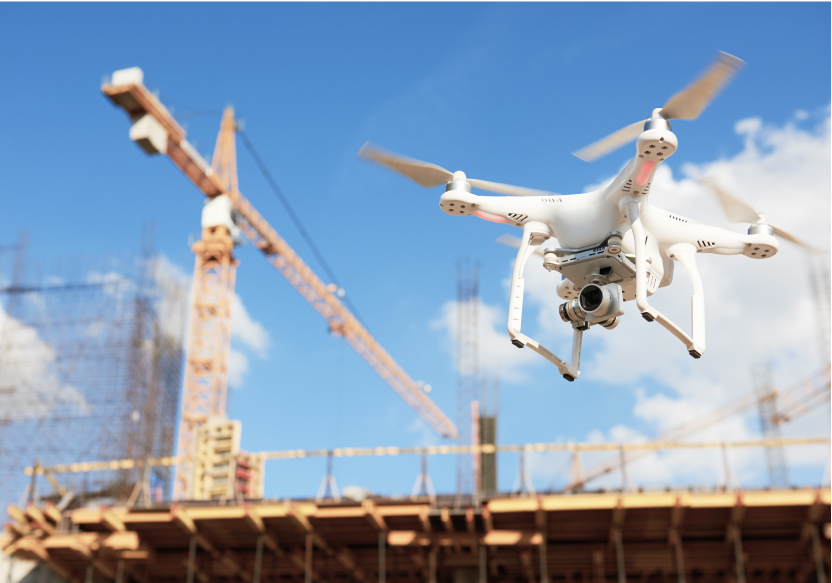


INDUSTRIAL INSPECTIONS
Drone Command and Control Center enables real-time monitoring and coordination of multiple drones, or a drone swarm, engaged in inspections, surveying or mapping, and helps:
- Keep the flight logs of each drone
- Get updates on each drone status and pilot activity
- Store and manage data and video records
DRONE HARDWARE
NNTC has experience and expertise in quad- and multi-copters, helicopters, fixed-wing and VTOL aircrafts, and various payloads, from simple cameras to gas sensors and from synthetic aperture radars to LiDARs, etc.
Drone types:
Fixed-wing aircrafts
First drones appeared in the industry were fixed-wing aircrafts or, simply speaking, airplanes. Whenever someone needs simplicity, the lowest cost and longest range, endurance, the highest speed and highest possible payloads – fixed-wing drones are the answer. Current fixed-wing drone applications include surveillance, reconnaissance, large area patrol, remote areas inspections, photogrammetry, and many more. There are two factors, which really limit the use of this type of drones: it requires runways or bulky launch/recovery devices to operate, and it cannot hover or fly at low speed. There are hundreds of fixed-wing drone vendors on the market offering aircrafts for virtually any mission.
Vertical take-off and landing (VTOL) aircrafts
VTOL aircraft was invented to enable fixed-wing aircrafts to take off without using runway or launch device. Originally designed as airplanes with rotating engines and/or wings, which can lift airplane vertically, today VTOL drones are mostly hybrids of airplane and quadcopters, having aerodynamically optimized quadcopter frame embedded into the design of usually high aspect ratio wing airplane. Such design reduces flying capacity of the fixed-wing aircraft, but adds vertical take-off/landing and some hovering functionality at the cost of reduced payloads and shorter endurance time. Most of the VTOL drones today offer 1-2 kg payload carrying capacity with endurance time of 1-2 hours, in case of an electric drivetrain, or up to 6-8 hours when being gas powered. Other sizes have proven to be technically complex, unreliable and inefficient, compared to the other aircraft types.
Quad- and multi-copters
Quadcopters were invented in the 1920s to resolve persistent problems with vertical flight. The overall design was technically simple and attractive, and quadcopters were the first heavier-than-air vertical flight aircrafts to take off. However, due to natural aerodynamic instability those days, it was almost impossible for pilots to operate them. Moreover, quadcopters required independent torque control for each rotor, which wasn’t technically viable in the beginning of the 20th century. With an advent of microelectronics, power semiconductors, MEMS devices, Li-ion batteries and strong magnets, quad- and multi-copters became incredibly popular, since torque control, stability and mechanical complexity challenges were addressed.
Today, when people talk about drones, they usually assume quad- and multi-copters. These flying machines come in thousands of varieties, sizes, and with every imaginable payload. The main benefits are VTOL and hovering, simplicity of the machines, and the fact that they can be built even by non-skilled technicians or amateurs. The main drawback, due to aerodynamic instability and relatively small propellers, is short flying time, usually in the range of about 20-30 minutes for bigger drones and much less for smaller ones. There are thousands of manufacturers, with DJI leading both consumer and industrial markets.
Helicopters
Unmanned and autonomous helicopters are extremely popular due to their extended payload capacity and long flight times. The most common helicopter use case is hovering and carrying heavy payloads, such as powerful radars and high-precision LiDARs for surveys, chemicals for field spraying in precision agriculture, high-quality cinematic cameras, etc. Helicopters’ drawback lays in their mechanical and maintenance complexity; however, when it comes to carrying heavy payloads, helicopters are more cost-effective than copters in terms of both procurement and operation.
Drone boxes
Autonomous drone unit equipped with a drone charging station (drone box) is good for regular video monitoring and rescue kit delivery as a hangar protects the drone from severe weather, while a charging station can be deployed at any place along the road. Additionally, it is equipped with a weather station and automatic take-off and landing system. Flight time of such a drone is up to 40 minutes.


Tethered drones
A portable tethered drone can complement a police car to cover area of up to 30 km with an altitude of up to 100 meters. Deployed in 15 minutes, these drones can hover up to 8 hours and film on a Full HD camera with x30 zoom, as well as in IR.
